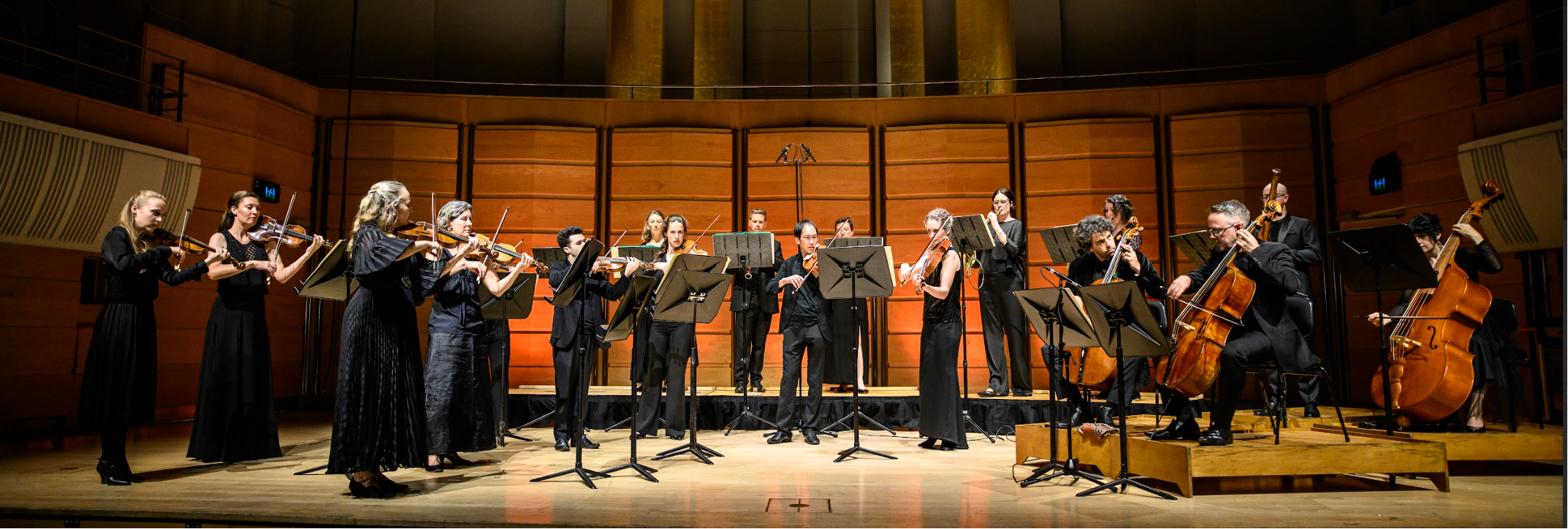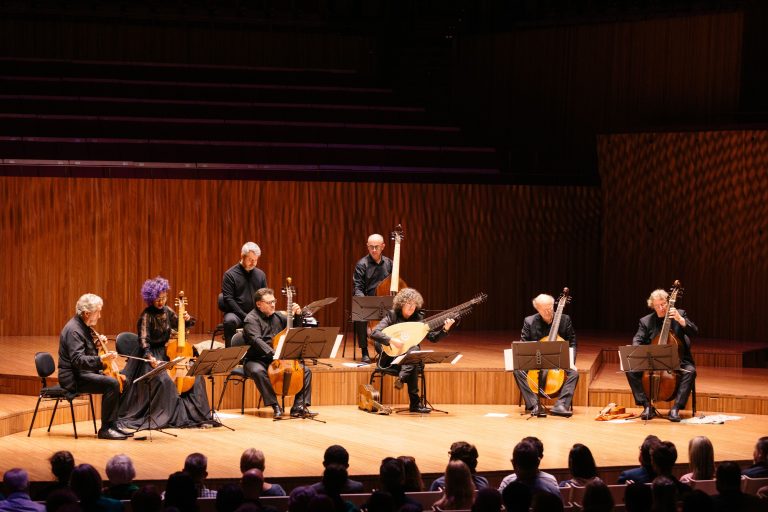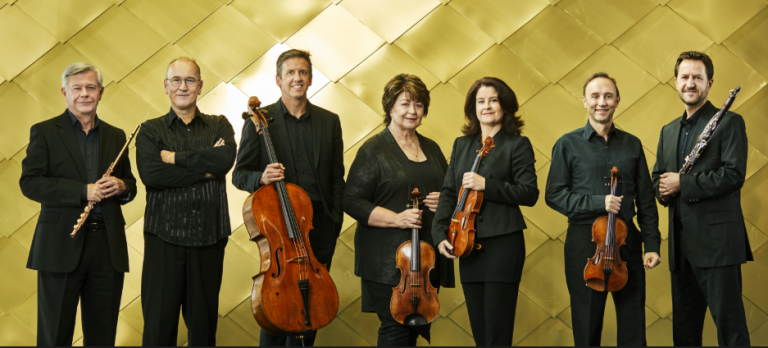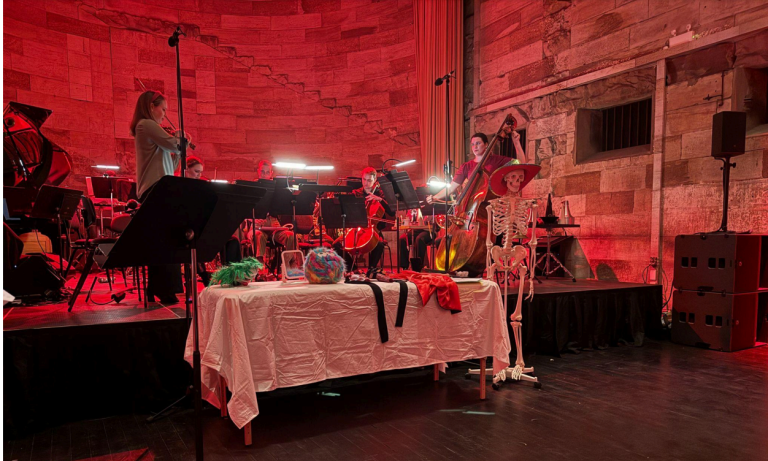Concert Review: Haydn’s Times Of Day/ Australian Haydn Ensemble
The Australian Haydn Ensemble’s Times of Day program presents a triptych of short symphonies by Franz Josef Haydn. True to the concerto grosso style, the Symphonies 6,7 and 8, nicknamed Le Matin, Le Midi and Le Soir, are simultaneously chamber works and symphonies, concertos and ensemble pieces, epitomising Haydn’s early promise as well as a being a springboard for things to come.
Composed in 1761 for the court of Prince Paul Anton Esterházy, who gave the pieces their nicknames, these symphonies are amongst the first pieces which Haydn wrote for the court, as its recently appointed vice-Kapellmeister. At the time, his output was mainly symphonic music exclusively for royalty. Haydn was sharpening his symphonic writing skills producing about 25 works which included the Nos.6-8.
These symphonies had a very successful earlier outing with the AHE under the title Solar Poetics at the Adelaide Festival in 2022 which I was fortunate to attend. Tonight’s 19-strong ensemble playing period and replica instruments, dating from 1726, are directed from the violin by founding Artistic Director Skye McIntosh with soloists Laura Vaughan playing baryton and Daniel Yeadon, cello. The ensemble emulates Haydn’s small forces of the time, comprising up to 15 players whom Haydn led from the violin, without a keyboard continuo which was reserved for the theatre. This iteration of the AHE is a relatively large ensemble to be led from within, especially given the changing configurations of solos and solo groups. However, this is an ensemble well accustomed to performing together regularly and all credit to McIntosh not only for her direction but for her solo work as well.
Between the three symphonies we hear two other entertaining diversions by Haydn, the Baryton Trio no. 70 in G major and the Divertimento for 8, no 1 in G major. They showcase the baryton, a largely forgotten, but exquisite beast. A bass stringed instrument, the baryton is a hybrid based on the Baroque bass viol. Its six gut strings are bowed from the front. Nine metal bass strings are strung at the back of the fingerboard. Tuned separately, they resonate in sympathy with the bowed strings, or they may be plucked from behind with the left thumb. The brevity and brightness of the plucked metal sounds contrast uniquely with the more lyrical and lingering sounds of the bowed gut strings. The baryton was a feature of Haydn’s time at the Esterházy court during the late 18th century. Prince Nicolaus who succeeded his brother Prince Paul, was a special fan and regularly rewarded Haydn with extra gold ducats for writing baryton trios.
As introduced by its exponent Laura Vaughan, this baryton is the “first instrument that is resident in the flesh.” As the “first Sydney performance with this instrument” perhaps the AHE will be leading an Antipodean charge in the revival of its use.
Times of Day neatly encapsulates Haydn’s melody driven galant style and the various devices he used to depict time and nature in an era where programmatic music – instrumental music that depicts something beyond music – had yet to reach its potential. Effects we take for granted in the 21st century were still only being discovered 250 years ago. The three symphonies contain a breath of moods and colours and experiment with form, showcasing the soloistic and ensemble capabilities of the AHE players.
The AHE, elegantly presented in long black concert dress, played with collective excellence, the broad brush strokes of the period ensemble vividly coloured by the concertante strings enhanced by the distinctive sound of the 6-stringe violone played by Vaughan. The lustre of the natural horns, oboes, flutes and bassoon, expertly played by Dorée Dixon and Carla Blackwood, Adam Masters and Kirsten Barry, Melissa Farrow and Mikaela Oberg and Simon Rickard respectively, entertained us with the sublime music that prevailed in the court of the Esterházy princes from the softly pulsating shades of dawn in the opening bars of Le Matin, to the swirling celebrations in the closing bars of Le Soir.
There is the singular beauty of the strings only second movement of the No 6 which opens and closes with a dreamy Adagio, followed by the Menuet with its impish agility from Rickard on the bassoon, joined by Karina Schmitz on the viola and Vaughan on the violone. The violins and oboes delighted in the opening movements of No 7 and followed by its unusual slow movement containing a Recitativo for violin from McIntosh, followed by an Adagio, in which he joined by Yeadon on the cello and the flutes playing in mellifluous thirds, culminating in an ornate cadenza for violin and cello.
The Divertimento No 1 is a highlight with the spotlight largely on the second violin of Matthew Greco as the first violin retires to an arpeggiated accompaniment providing tempo and drive. The final Theme and Variations movement tosses the theme around after being introduced by the violin and barytone. The horns have their say in a delightful duet before the cello intervenes.
Finally, the Symphony No 8 in which Haydn propels his mastery of sonata form in the first and final movements. The strings introduce a merry gigue in bucolic style taken over by the oboes. The third movement Menuetto presents some special moments for Vaughan on the violone; the finale Presto is elaborated with gossamer-light arpeggios from Farrow on the flute, its rays of light carving through the tempestuous elements evoked by the rest of the ensemble.
Shamistha de Soysa for SoundsLikeSydney©
Read our review of the AHE’s Die Stille Nacht program.








2u2ye7
7i52qb
rhrgvy
zhx0c9
jt3acf
fnk9bv
vw1io8